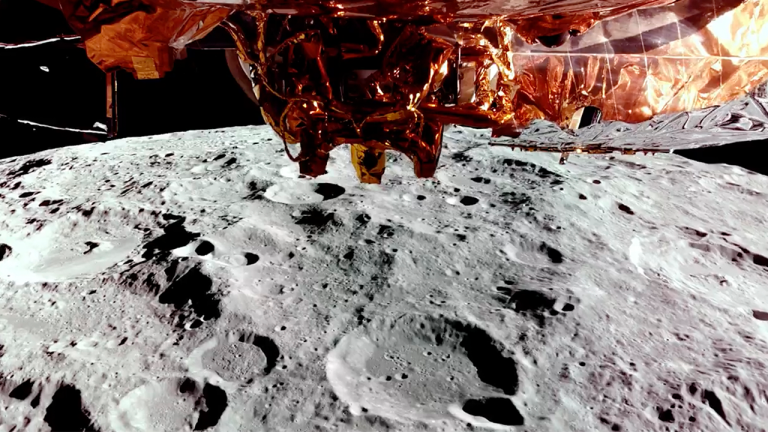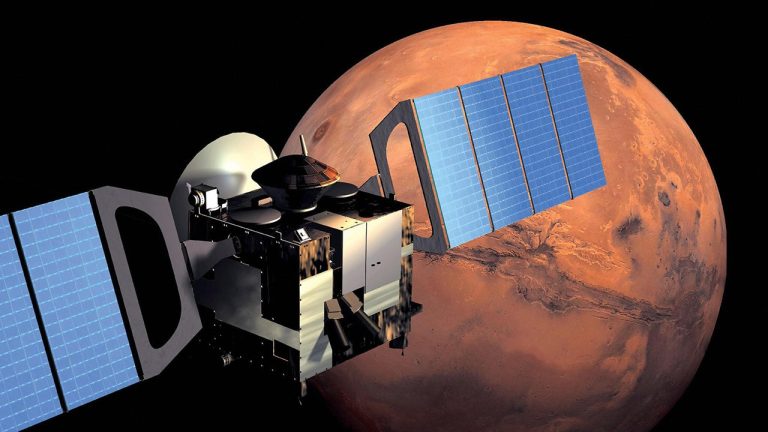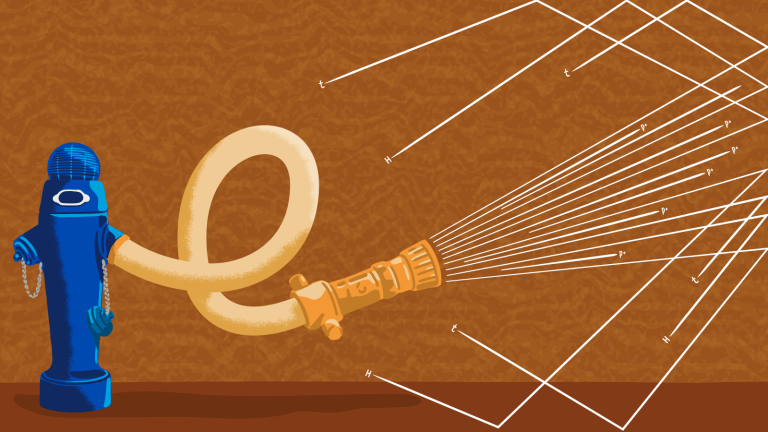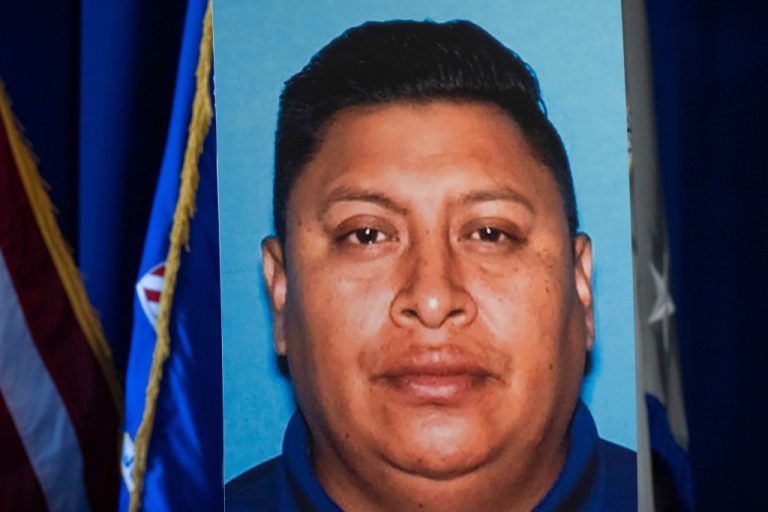
Quantum entanglement links subatomic particles in a way that appears to defy logic. When scientists measure one of a pair of entangled particles, the other seems to immediately know the result.
One way to demonstrate quantum entanglement between particles is to measure a property called spin.
Scientists can measure both the magnitude and direction of a particle’s spin. A class of particles called fermions—which include electrons, muons, taus, neutrinos and quarks—all have a spin magnitude of ½. But the direction of a fermion’s spin can be one of two options, either up or down. A fermion’s spin magnitude is always ½, but its spin direction is decided only when a measurement is made.
At the Large Hadron Collider, scientists have been studying entangled pairs of fermions called top quarks.
They demonstrated that once they measured the spin direction of one quark, the other quark would “choose” the complementary orientation. Because this happened instantaneously, without time for one top quark to transmit a message to the other and affect its spin, it was almost as if the two entangled particles were one.
This strange phenomenon baffled Albert Einstein, who, along with Boris Podolski and Nathan Rosen, proposed in 1934 that quantum mechanics might be incomplete. He suggested that hidden variables must allow particles to communicate.
In 1964, physicist John Bell devised an experiment to look for these hidden variables. Since the 1970s, experiments have consistently confirmed the predictions of quantum mechanics, with no evidence that hidden variables exist.







